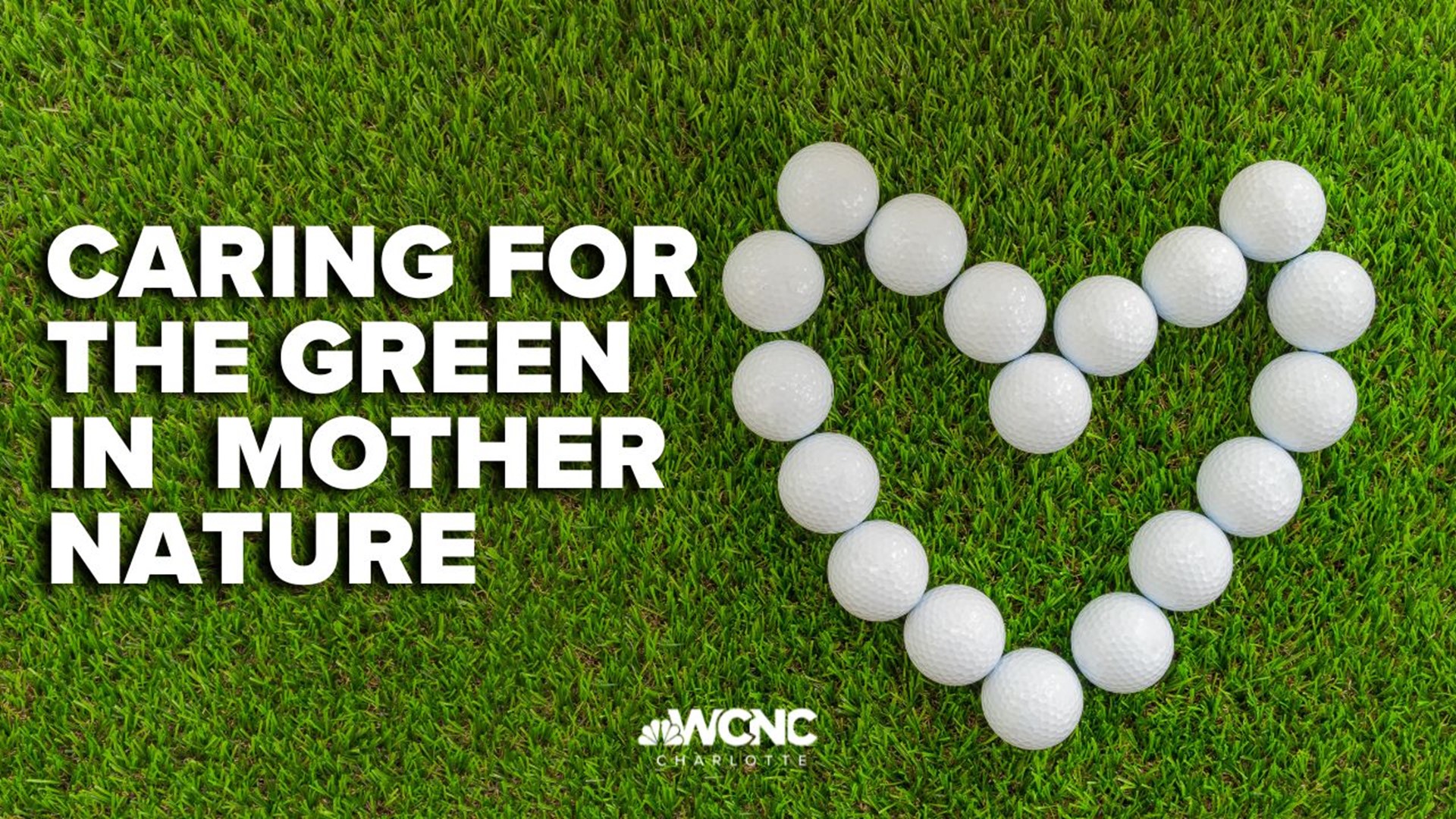CHARLOTTE, N.C. — Playing 18 holes at Quail Hollow is no easy task, and each hole presents a different set of challenges. But managing 26 acres of fairway comes with its own set of obstacles.
"My team and I, we play chess with Mother Nature daily," said Keith Wood, who manages the groundskeeping team at the club. The crew uses different mowing techniques to ensure the green is consistent, even with different microclimates throughout the course.
"We also measure firmness, where we drop a ball on the green and measure the dimple it creates in the surface," said Wood. "And then we’re adjusting moisture. We’re able to not put water on the surfaces to make it firm."
Ground firmness is something the Quail Hollow team pays special attention to, as players tend to build their strategy around it.
“They want the ball to come in and bounce and be able to check and spin back," Wood said. "When you see the really good tour players, they’re really not firing at the pins, they’re firing at an area where they think the ball is going to release to.”
So what is best for your golf game: wet grass, or dry?
"The plant drawing up moisture from the soil gets fat. And we want the leaf plate to be very narrow, so a very narrow dry leaf play provides for the best ball roll and fastest greens," said Wood.
Another thing players hitting the green should consider for their strategy is where the grass is in relation to a lake or pond; there is truth to the claim a golf ball breaks toward the water. Wood says the grass grain typically develops with how water moves across the surface.
Contact KJ Jacobs at kjacobs3@wcnc.com and follow him on Facebook, Twitter and Instagram.

